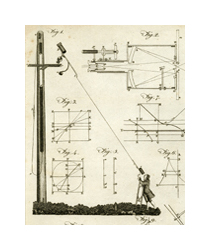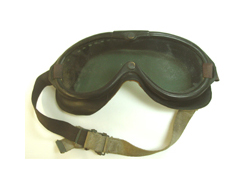Aviation Medicine

Aviation medicine (also known as flight medicine or aerospace medicine) was born in the 1700s from observations made by the scientists and engineers piloting hot air balloons. Those involved in early ballooning noted that high altitude flying could cause paralysis, visual acuity and hearing loss, and eventual unconsciousness. However, it was not until WWI that serious work was undertaken by governments to test pilots for their aptitude for flight.
Aviation medicine research focuses on several factors that affect pilots. High altitude flying can hold many dangers including hypoxia (lack of oxygen), decompression sickness (changes in air pressure), extreme cold, and G-forces (effects on the body by rapid changes of direction at high speeds).
Aviation Goggles, c1944
 Goggles such as these were issued to early US Army aviators like Col. Thomas J. Tredici, MD. They were meant to help protect the eyes at high altitudes at a time when airplanes had little in the way of comfort for the crew.
Goggles such as these were issued to early US Army aviators like Col. Thomas J. Tredici, MD. They were meant to help protect the eyes at high altitudes at a time when airplanes had little in the way of comfort for the crew.